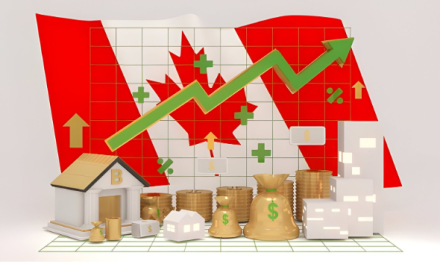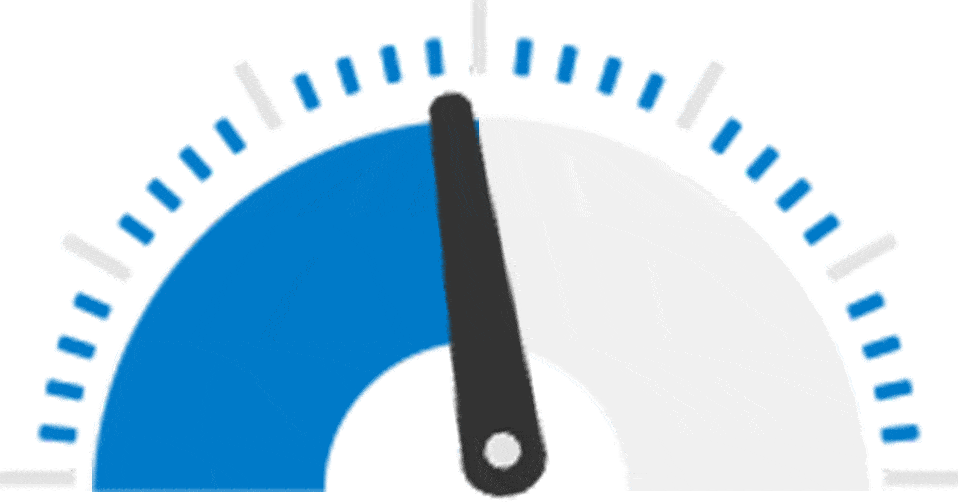As Canada continues to grapple with inflation and economic uncertainty, rising interest rates have become a central feature of the financial landscape. For the average Canadian, this shift is more than just a headline—it’s a direct influence on mortgages, loans, savings, and investments.
Whether you’re a young professional trying to build wealth, a family managing debt, or someone nearing retirement, understanding how to save and invest smartly in a high-interest-rate environment is essential.
In this blog, we’ll break down what rising rates mean, how they affect different financial decisions, and how you can adjust your saving and investing strategy to make the most of the current climate.
Understanding Why Interest Rates Are Rising
The Bank of Canada (BoC) raises interest rates to control inflation. After years of low borrowing costs, inflation surged in the early 2020s due to supply chain disruptions, pandemic spending, and global economic shifts. The BoC’s main tool to combat this? Raising the overnight lending rate, which influences everything from mortgage rates to credit card APRs.
In simple terms:
- Higher interest rates = more expensive borrowing
- Higher interest rates = better returns on savings (in many cases)
So while your mortgage may be more expensive, your savings account may earn more. That’s the double-edged sword we’re working with.
1. Rethink Your Savings Strategy
Make Use of High-Interest Savings Accounts (HISAs)
With rates climbing, HISAs are finally offering meaningful returns. If your money is sitting in a basic account earning next to nothing, it’s time to move.
- Look for accounts offering 3–5% interest or more (some promo offers go higher).
- Prioritize no-fee accounts to maximize your interest earnings.
- Consider online banks and credit unions, which often offer better rates.
This is also a good time to rebuild your emergency fund—3 to 6 months of expenses, parked in a liquid, high-yield account.
Explore GICs (Guaranteed Investment Certificates)
For conservative savers, GICs have become attractive again.
- Short-term GICs (1–2 years) are paying 4–5% in many cases.
- Laddering GICs (e.g., buying different term lengths) can provide both liquidity and better returns.
- GICs are great for capital preservation, especially for retirees or those saving for near-term goals.
2. Be Strategic About Debt Repayment
When rates rise, so does the cost of borrowing—so debt becomes your enemy.
Prioritize High-Interest Debt First
- Focus on paying off credit cards and personal loans with high APRs (often 18–25%).
- Consider using a low-interest line of credit to consolidate high-interest balances.
Think Twice Before Taking on New Debt
- Lock in fixed rates if you need to borrow, rather than risk floating rates.
- Delay big-ticket purchases unless absolutely necessary.
Debt reduction now frees you to invest more aggressively later.
3. Adjust Your Investment Strategy
Rising interest rates tend to shake up the stock market—and not always in your favor. But with careful planning, you can still grow your wealth.
Diversify Across Asset Classes
- Add bonds and fixed-income assets to your portfolio. Government bonds and bond ETFs become more attractive as yields rise.
- Dividend-paying stocks (especially in sectors like banking, utilities, and telecom) provide income and stability.
- Maintain exposure to equities, but avoid overconcentration in high-growth tech stocks, which can suffer in high-rate environments.
Be Wary of Volatility
When rates rise, stock prices often fluctuate. Keep calm:
- Don’t panic sell. Stay focused on long-term goals.
- Rebalance your portfolio if needed, especially if one asset class has drifted too far from your target.
Consider Dollar-Cost Averaging (DCA)
Instead of trying to “time the market,” invest a fixed amount regularly—monthly or biweekly. DCA helps you:
- Buy more shares when prices dip
- Smooth out volatility
- Stick to your plan even when markets get noisy
4. Maximize Tax-Advantaged Accounts
Make the most of rising rates by maximizing your TFSA and RRSP contributions.
TFSA (Tax-Free Savings Account)
- Great for investing or saving short-term
- Interest, dividends, and capital gains are not taxed
- You can invest in HISAs, GICs, ETFs, and stocks inside a TFSA
RRSP (Registered Retirement Savings Plan)
- Ideal for long-term growth and retirement savings
- Contributions are tax-deductible, reducing your taxable income
- Withdrawals are taxed, but usually at a lower rate in retirement
Putting GICs or high-interest savings inside a TFSA or RRSP gives you tax-free or tax-deferred growth—boosting your returns even further.
5. Stay Informed and Flexible
Rising interest rates often accompany economic uncertainty—like what we’ve seen with global conflicts or trade tensions. For example, uncertainty around the Israel-Iran ceasefire has already caused fluctuations in energy markets, which can impact inflation and monetary policy. Explore how global events are influencing oil prices here.
Meanwhile, businesses are also feeling the pinch. Nike expects to lose $1 billion due to Trump-era tariffs, a warning sign that international economic policy continues to weigh on major companies and market sentiment. Read more about that here.
As these global and domestic forces shift, so will interest rates—and your strategy should be ready to adapt.
Final Thoughts
While rising interest rates may seem daunting, they also offer opportunities—higher returns for savers, more attractive fixed-income investments, and a chance to build a stronger financial foundation.
To succeed in this environment:
- Focus on paying down expensive debt
- Take advantage of higher savings rates
- Diversify your investments with an eye toward stability and income
- Make full use of tax-advantaged accounts
- Stay flexible and informed
Your financial success in a high-interest rate world depends not on avoiding risk, but on managing it wisely.






